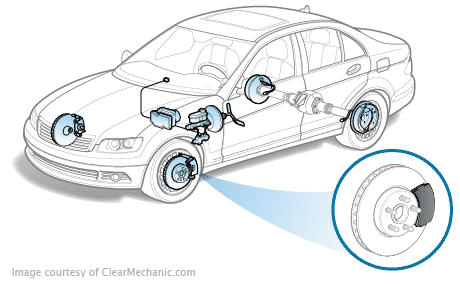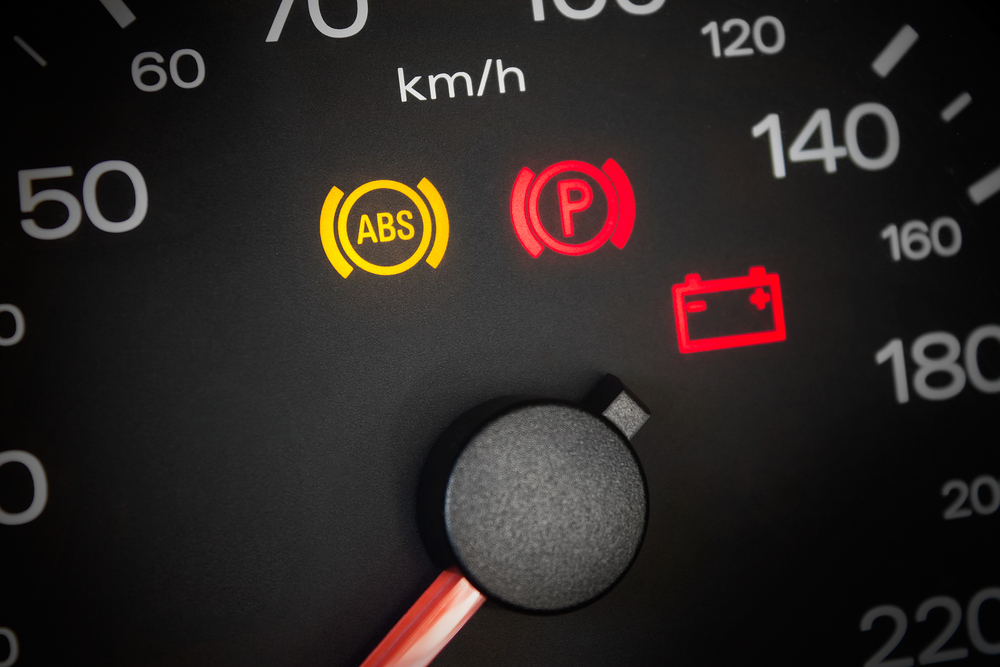Need Brake Repairs? Don't Wait - Let's Ensure Your Safety!



If you’ve been noticing anything odd while driving – strange brake sensations, a softer pedal, or an increased stopping distance – it’s time to address your vehicle’s brakes. At instaMek, your safety is our priority, and we understand the significance of timely brake repairs.
We’re committed to ensuring your safety without breaking your budget. Your car repair expenses matter to us, and we’re determined to provide cost-effective brake repairs every time you visit us.
Precise Brake Assessments for Safety & Savings



When you bring your vehicle to instaMek with any brake concerns, our experienced service experts conduct thorough brake inspections to identify the root cause. We prioritize clarity by explaining the issue and presenting solutions tailored to your specific brake problem. Additionally, we’ll explore ways to save you money on brake repairs or replacements whenever possible.
Don’t compromise on safety or budget – trust instaMek for reliable brake inspections and repairs. Let us help you drive confidently with brakes you can trust.
How much does it cost to replace brake pads?
We offer transparent pricing and brake pads for every budget. Brake pad cost is typically between $65 to $75 depending on your vehicle. We carry basic budget conscious brake pads to high-end performance pads to fleet pads for heavy duty use. Call us or get an online quote for your brake pad replacement that fits your budget and needs.
Here are several signs that you need new brake pads:
- Wear indicator on vehicle dashboard. Most newer cars today have electronics built into the brake pad and when the pad is at a point that it needs to be replaced, a symbol will appear on your vehicle dashboard’s instrument cluster. Consult your owner’s manual to learn what the symbol looks like.
- High pitched squeal when braking. When the friction material on the pads is worn close to the backing plate, you may hear a squealing or squeaking noise as you drive regardless of whether you are applying the brakes or not. That squealing or squeaking noise is designed to make you aware that the brake pads are getting low and need to be inspected.
- Grinding noise when braking. If all of the friction material on the brake pad has been worn away, you will hear grinding and scraping noises when you apply the brakes. Pad replacement is mandatory at this point and the vehicle is unsafe to drive until corrected.
- Brake pedal pulsation or vehicle vibration.
- Vehicle pulling or wandering on braking. If your car pulls to the right or left during braking, that could be a sign of a sticking brake caliper, misalignment of the suspension, and sometimes tire defects or uneven tire inflation from side-to-side. The mechanic who inspects your vehicle will determine if new brake pads alone will resolve the issue or if other repairs are needed.
- High mileage on existing pads. Every 16,000 km, a mechanic should measure the thickness of the remaining friction material on the brake pads and perform a thorough visual inspection of the braking system.
- Brake system warning lights and/or maintenance reminder messages. Should your brake system warning light ever illuminates, or a brake system related maintenance reminder message appears in the driver information display, have your vehicle inspected and repaired as soon as possible.
Normally, pad replacement requires these steps:
- Confirm the thickness of the remaining friction material on the brake pads. If the remaining friction material is less than 2 mm in thickness, pad replacement is warranted.
- Visually inspect the brake rotor surface that contacts the pad (for scoring, pitting, grooves, rust) and measure the brake rotor with precision tools for thickness variation, run-out and warpage.
- Inspect the caliper, torque plate, pads, and rotors to determine if the caliper is operating freely (i.e., inspect for stuck calipers).
Install new pads and any additional recommended components (e.g., rotors, if rotors depart from OEM specifications) only with customer approval of course. - Lubricate brake system components, such as caliper sliding pins, and inspect the condition of the brake fluid. Top off brake fluid as required.
- Perform a basic 50 point safety inspection of your vehicle.
- Finally, the mechanic will test drive your vehicle to confirm normal operation of the brake system.
When it comes to the brakes on your car, always err on the side of caution and have a mechanic check your brake pads and braking system at the very first sign of a problem. Further driving is not recommended and you should request service at your earliest convenience when any of the following conditions exist:
- stopping distances are much greater than what you are accustomed to
- the brake pedal is not firm or is low
- there is loss of braking power assist
- the vehicle pulls severely to one side on braking
- the brake system warning light is on
Should you detect unusual noises, such as squealing or grinding, but stopping distances are close to everything you’re used to, and the brake pedal is firm, and there are no warning lights, it may be safe to proceed to your destination but schedule service at your earliest convenience.
Brake pads must always be replaced as a set, that is both wheels (driver and passenger side) on an axle, front or rear, must be serviced. If brake pads on only one side of the car were replaced, your car might pull to one side when you apply the brakes. Often, resurfacing or replacement of the brake rotors is also necessary and a competent mechanic will always measure for wear and damage to the brake rotors and advise you as to whether rotor replacement or re-surfacing is also needed.
Fast and easy service at your home
Backed by 12-month, 20,000-km guarantee
ABS Warning Lights and Swift Problem Resolution


When a problem develops with your anti-lock brake system (ABS), a light will turn-on on your dashboard. The light will show as the acronym “ABS”.”
Your ABS exists to prevent your vehicle from skidding hazardously throughout braking. It is a computerized safety and security system that identifies when your wheels stop turning (while your vehicle is still moving) and also releases brake fluid pressure, allowing the wheels to progressively stop turning until you reach a full-stop. This stops your car from skidding uncontrollably and keeps you in control of the steering of your vehicle.
Your ABS can fail, and you should deal with the problem as soon as your ABS light turns on.
Our Clients Say The Nicest Things
Brake Services in Your area
- Brake Services in Vancouver
- Brake Services in Calgary
- Brake Services in Edmonton
- Brake Services in Burnaby
- Brake Services in Richmond
- Brake Services in Surrey
- Brake Services in London
- Brake Services in Kelowna
